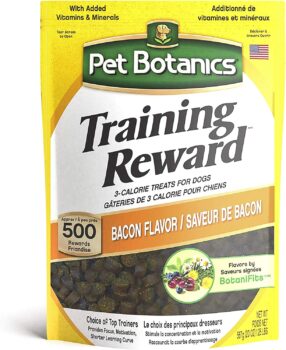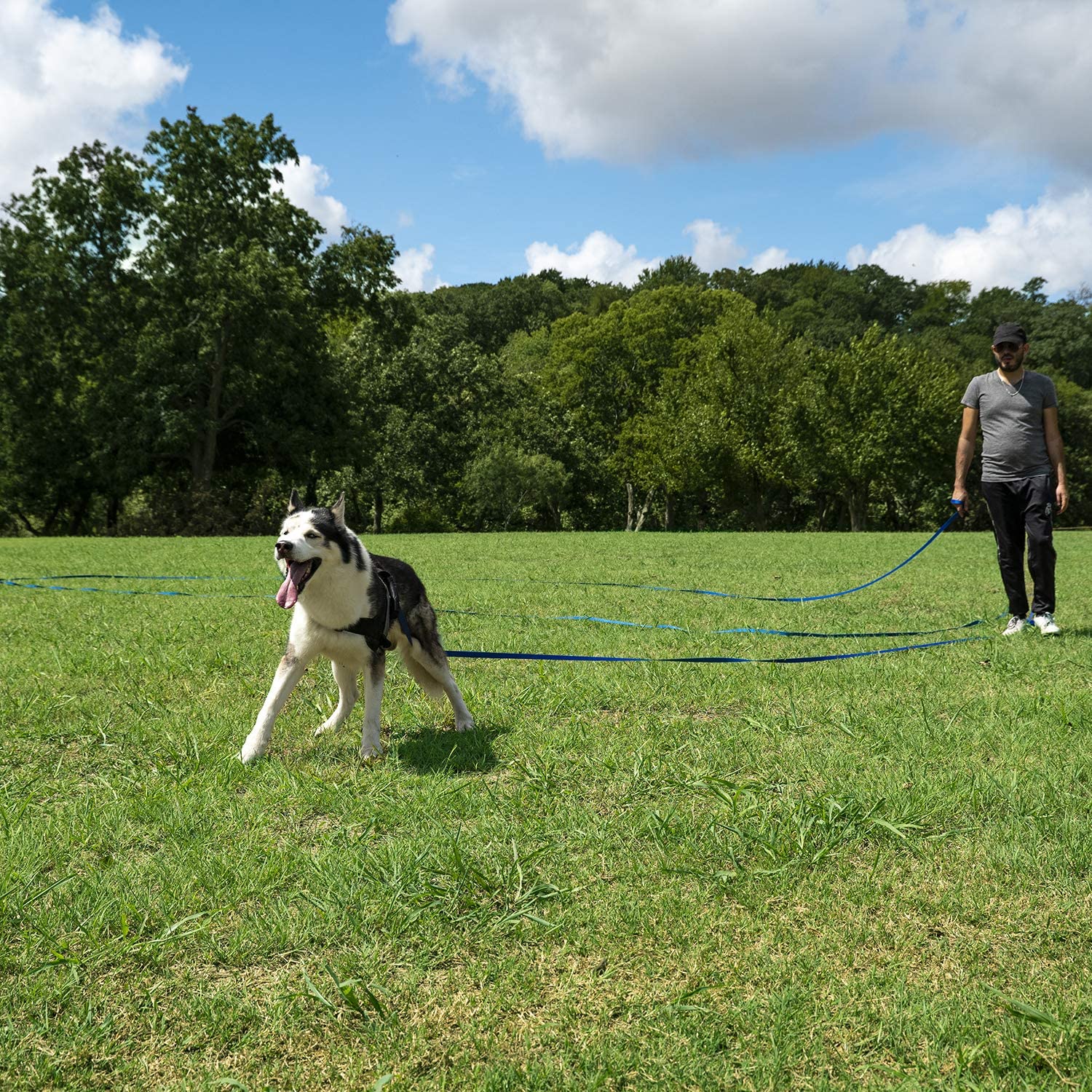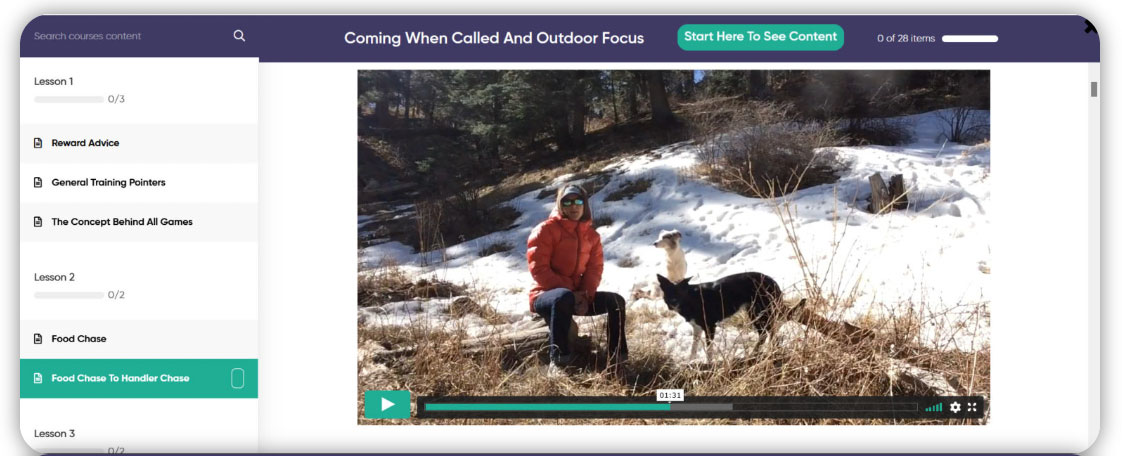
Training your German Shepherd to come when called is an essential skill for both the German Shepherd and the owner. A reliable recall can help keep your German Shepherd safe in various situations, such as when they are off-leash at the park or when you need to call them away from potential hazards. In this article, we will discuss several tips and techniques to help you train your German Shepherd to come when called consistently.
Note: For a complete training, we highly recommend this SpiritDog Online Training Course “Coming When Called”.
1. Start with a Strong Foundation
Before you begin training your German Shepherd to come when called, it’s crucial to establish a strong bond with your pet. Spend time playing with your dog, engaging in activities they enjoy, and providing positive reinforcement through praise and treats. Building trust and a strong connection with your German Shepherd will make them more likely to respond positively to your commands.
2. Choose a Distinct Command Word
Select a specific word or phrase for the recall command, such as “come” or “here.” Ensure that the command is distinct from other commands you use and that all family members use the same word consistently. Consistency is critical to avoid confusing your German Shepherd and ensuring that they understand what you expect from them.
3. Begin Training Your German Shepherd in a Controlled Environment
Start training your German Shepherd to come when called in a controlled, distraction-free environment like your home or a fenced yard. In the early stages of training, it’s essential to minimize distractions to help your dog focus on learning the new command. As your dog becomes more reliable in responding to the recall command, gradually introduce distractions and practice in various environments.
4. Use Positive Reinforcement with Your German Shepherd
When training your German Shepherd to come when called, always use positive reinforcement techniques. Reward your pup with praise, treats, or playtime when they respond to your recall command. This will help create a positive association with the command and motivate your dog to respond consistently. Remember to be patient and consistent in your training, as it may take time for your dog to master the recall command.
If you’re using treats, these are currently the most popular training treats on Amazon.
5. Gradually Increase Distance and Distractions
As your German Shepherd becomes more reliable in responding to the recall command in a controlled environment, begin to increase the distance between you and your dog during training sessions. Practice calling your dog from various distances and gradually introduce distractions, such as other dogs, people, or toys. This will help your dog learn to respond to the command even in challenging situations.
6. Make Yourself Interesting and Rewarding to Your German Shepherd
To encourage your German Shepherd to come when called, make yourself more appealing and rewarding to your dog. Use an enthusiastic, high-pitched voice when calling your dog, and reward them with a treat or praise when they respond. You can also try running away from your dog when calling them, as this can entice your dog to chase after you and respond to the recall command.
7. Never Punish Your German Shepherd for Coming When Called
It’s essential to avoid punishing your German Shepherd if they do not immediately respond to the recall command or if they come to you slowly. Punishing your dog can create a negative association with the command and make them less likely to respond in the future. Instead, be patient and continue to practice and reinforce the command using positive reinforcement techniques.
8. Practice the Recall Command Regularly with Your German Shepherd
Consistent practice is crucial for training your German Shepherd to come when called. Incorporate recall training into your dog’s daily routine, and practice the command in various environments and situations. This will help reinforce the behavior and make it more reliable over time.
9. Use a Long Training Leash on Your German Shepherd
When transitioning from a controlled environment to a more open space, consider using a long training leash to maintain control over your German Shepherd while they learn to respond to the recall command. This will help you avoid losing control of your dog and provide a safety measure as you gradually increase the distance and distractions during training sessions.
This is the most popular long training leash on Amazon.
10. Be Patient and Persistent with Your German Shepherd
Training your German Shepherd to come when called takes time, patience, and persistence. Some dogs may learn the command quickly, while others may require more time and consistent practice. Be patient with your dog and maintain a positive attitude during training sessions. Remember that every dog is unique, and the key to success is consistent practice and positive reinforcement.
11. Use a Professional Online German Shepherd Training Course
While this article provides many helpful tips for training your German Shepherd, you can increase your chances of success by enlisting the help of a professional online dog trainer. We love the SpiritDog online courses, since its includes unlimited questions with a real dog trainer.
You can check out their Teach Your German Shepherd to Come Online Course Here
In conclusion, training your dog to come when called is an essential skill that can help ensure their safety and well-being. By following the tips and techniques outlined in this article, you can help your dog learn to respond consistently to the recall command. Remember to be patient, consistent, and use positive reinforcement techniques to create a strong bond with your dog and make training sessions enjoyable and rewarding for both you and your pet.
More Frequently Asked Questions for Training Your German Shepherd
1. What is the best age to start training my German Shepherd puppy?
The ideal age to start training your German Shepherd puppy is between 8 and 12 weeks old. At this age, your German Shepherd puppy is more receptive to learning new commands and is beginning to develop social skills. However, it is never too late to start training your dog; just remember that consistency and patience are key. Early socialization and positive reinforcement-based training methods will help your German Shepherd puppy grow into a well-behaved and well-adjusted adult dog.
2. How do I effectively potty train my German Shepherd puppy?
Potty training your German Shepherd puppy requires patience, consistency, and a proper routine. Start by establishing a designated potty area outside, and take your puppy there every couple of hours, after meals, and first thing in the morning and before bedtime. Praise and reward them with a small treat when they successfully eliminate in the designated area. If your German Shepherd puppy has an accident indoors, clean it up immediately to remove any lingering scents. Avoid punishment, as it can create fear and anxiety in your puppy, which may hinder the potty training process. Consistency and positive reinforcement will help your German Shepherd puppy learn the desired behavior more quickly.
3. How can I socialize my German Shepherd puppy to ensure they grow up to be well-adjusted around other dogs and people?
Socializing your German Shepherd puppy is crucial for their mental and emotional well-being. Start by exposing them to various situations, environments, people, and other animals while they are young (between 8 and 16 weeks old). Enroll your German Shepherd puppy in a puppy socialization class, where they can interact with other puppies and people in a controlled environment. Arrange playdates with other dogs, and take your puppy to dog-friendly parks and public places. Be sure to supervise these interactions and provide positive reinforcement for calm and appropriate behavior. Gradually exposing your German Shepherd puppy to various stimuli will help them become a confident, well-adjusted adult dog.
4. What are some basic commands that I should teach my German Shepherd puppy during their training?
Teaching your German Shepherd puppy basic commands is essential for establishing a strong foundation for future training. Some essential commands to start with include:
-
- Sit: Teach your German Shepherd puppy to sit on command by holding a treat above their head and moving it slightly back, causing them to sit naturally. Say “sit” and reward them with the treat when they comply.
- Stay: Once your puppy has mastered the “sit” command, teach them to stay in that position until released. Say “stay” and take a few steps back. Reward your puppy if they remain in place, gradually increasing the distance and duration of the “stay” command.
- Come: Teaching your German Shepherd puppy to come when called is crucial for their safety. Begin by saying “come” in a cheerful tone and rewarding your puppy when they approach you. Practice this command in various environments and with increasing distractions.
- Leave it: This command teaches your German Shepherd puppy to ignore or drop something they shouldn’t have. Hold a treat in your closed hand and say “leave it.” When your puppy stops trying to get the treat, reward them with a different treat from your other hand.
5. What’s the best online course for teaching a German Shepherd to come when called?
At iHeartDogs, we recommend the SpiritDog online course “Coming When Called.” The course includes unlimited questions with a real dog trainer.
iHeartDogs is reader supported. Our articles contain affiliate links where we are paid a small commission for linking to a product at no additional cost to the reader.
- 7 Best Online Dog Training Courses 2023
- SpiritDog Training Review - Is It Worth The Price?
- Brain Training for Dogs Review 2023
- K9 Training Institute Review 2023
- 6 Best Online Training Courses to Teach Your Dog Not to Pull on Leash
- 6 Best Online Training Courses to Teach Your Dog to Stop Resource Guarding
- 6 Best Online Dog Training Course for Potty Training
- 6 Best Online Dog Training Courses to Teach a Dog Not to Jump On People



 Toledo, United States.
Toledo, United States.
